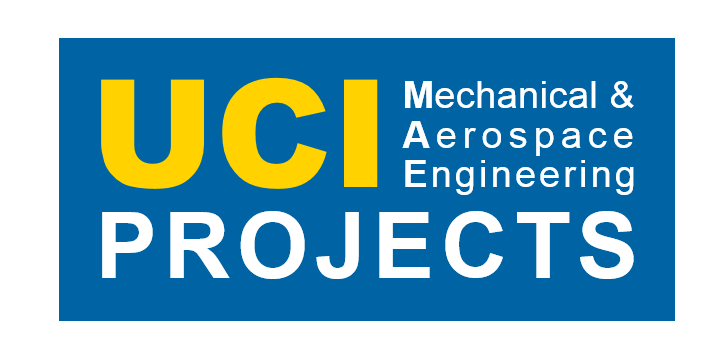UAV Forge is meant to be a channel for students to apply analytical knowledge taught in class to real life applications. Fluid mechanics, structures of materials, programming, guidance, control, and navigation, aircraft controls, electrical engineering, computer networking, computer-aided design, and more are utilized in the design process of the airplane. The project also provides the opportunity for students to learn information usually not taught inside the classroom. This includes mechanism design, composite fabrication, iterative design processes, aircraft assembly, and documentation. Students are given more hands-on and practical experience, compared to the theoretical and conceptual focus of the engineering curriculum.
UAV Forge is meant to be a channel for students to apply analytical knowledge taught in class to real life applications. Fluid mechanics, structures of materials, programming, guidance, control, and navigation, aircraft controls, electrical engineering, computer networking, computer-aided design, and more are utilized in the design process of the airplane. The project also provides the opportunity for students to learn information usually not taught inside the classroom. This includes mechanism design, composite fabrication, iterative design processes, aircraft assembly, and documentation. Students are given more hands-on and practical experience, compared to the theoretical and conceptual focus of the engineering curriculum.
The design of the M.A.V will be an imitation of other researched M.A.V. We hope to be able to assemble one that works before branching off into new ideas.
Objective 2 – Achieve hovering
The M.A.V has to be able to lift its own weight and hovering in the air stably. Since the M.A.V will be unstable and the slightest disturbance can knock it down, we will build a frame that guides the M.A.V in the vertical direction, allowing it only 1 D.O.F.
Objective 3 – Testing Pitch
Once the M.A.V is capable of hovering, we will begin pitch testing. We will build a frame that connects to the M.A.V that allows 2 D.O.F, pitching and upwards and downwards movement. With the restricted movements, we will be able to see the extent that the M.A.V pitches.


Haithem E. Taha
Professor, Advisor
hetaha@uci.edu
http://faculty.sites.uci.edu/hetaha/
Donate to this Project




